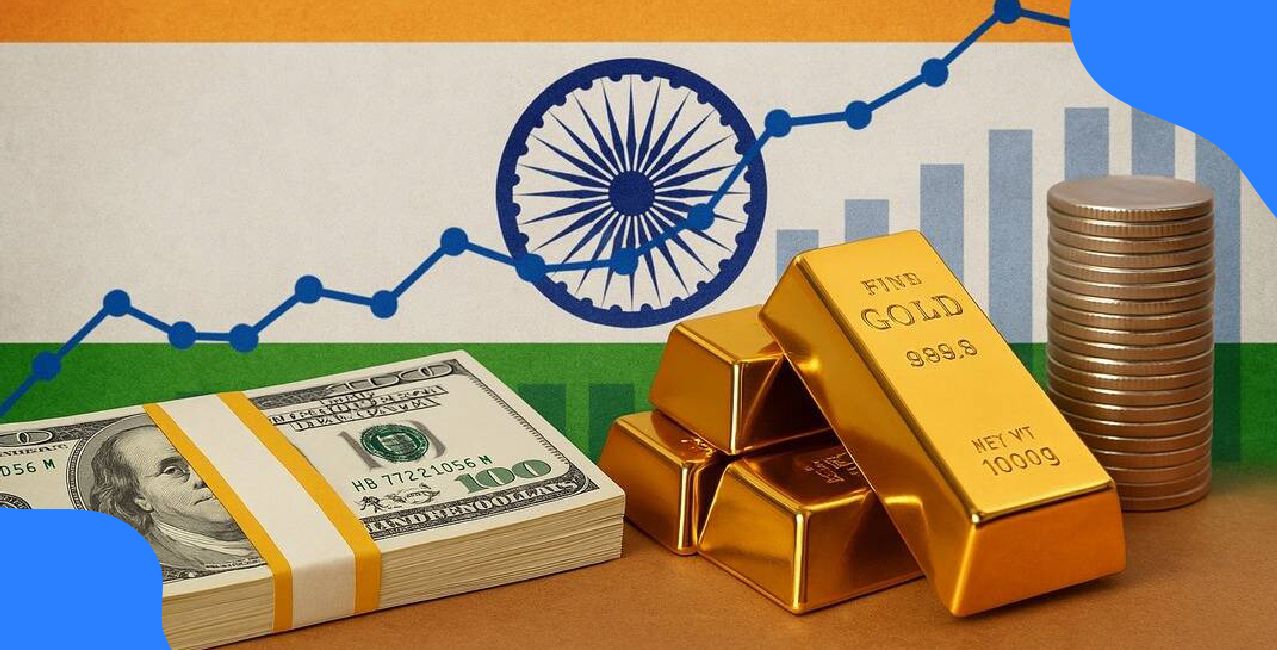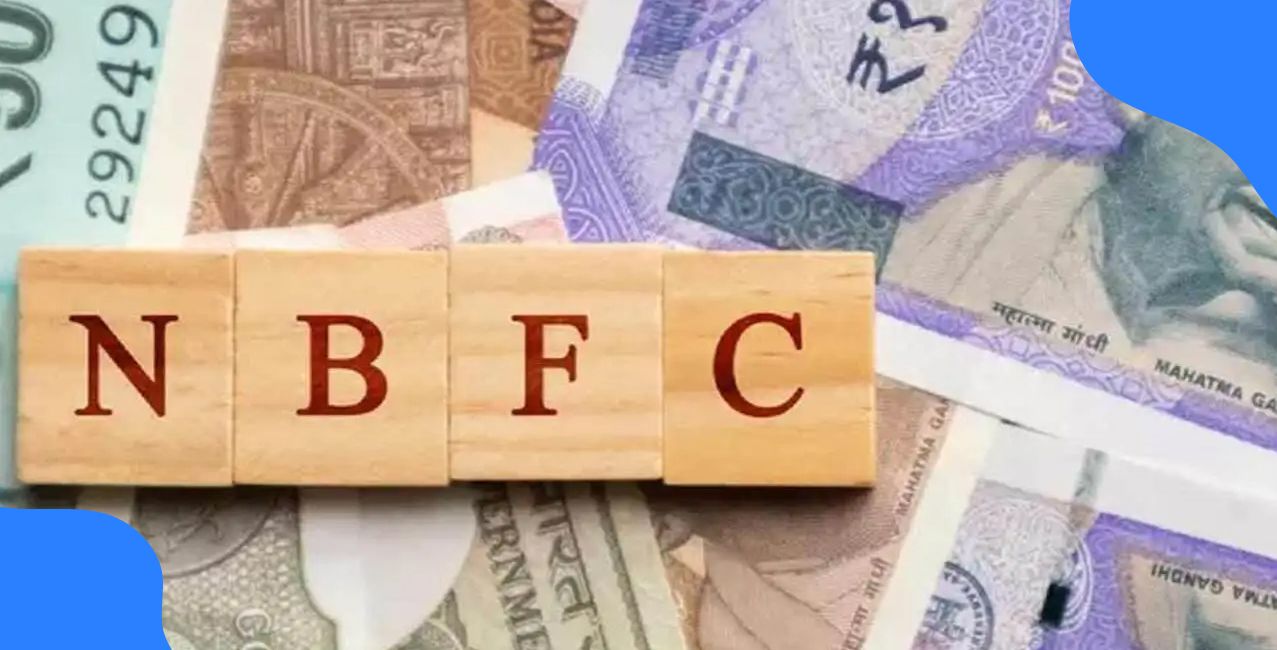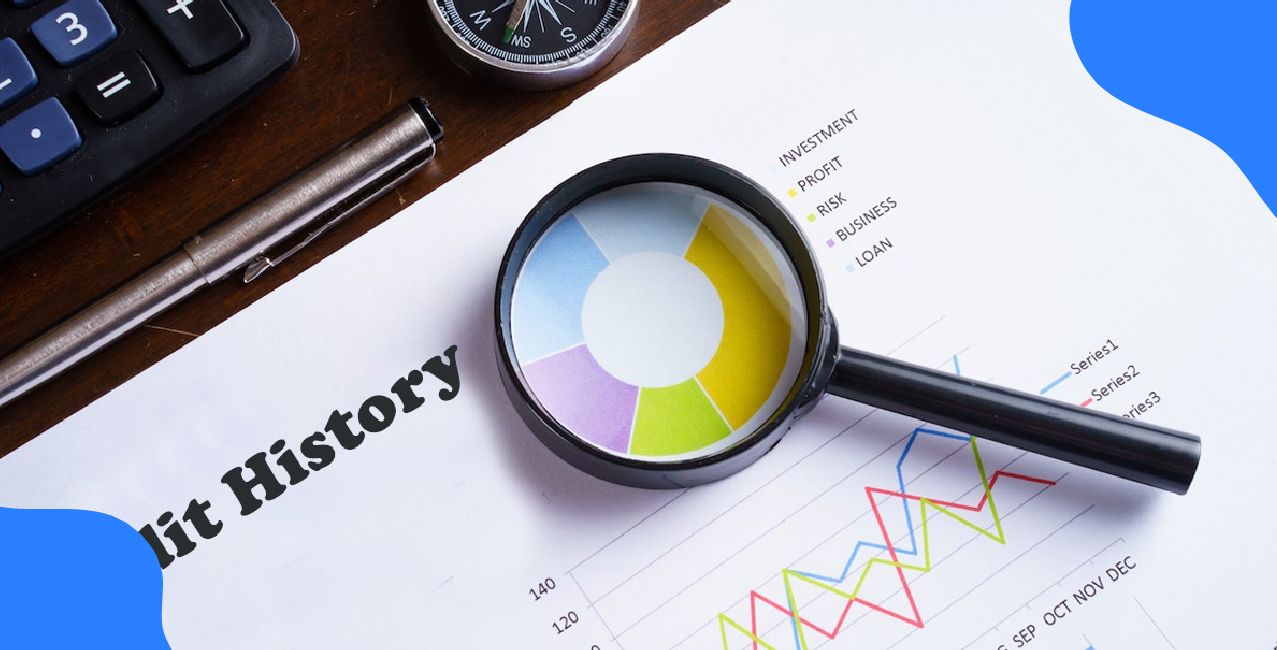
Author
LoansJagat Team
Read Time
4 Min
29 Jul 2025
Personal Loan Volumes Surge in FY 2025, But Year-on-Year Growth Slows: Report
Younger borrowers step back as debt piles up and lenders get cautious
Is a rise in personal loans always a good sign? Experts aren't so sure anymore. A new report suggests something unusual is happening in India’s borrowing trends.
The “How India Lends – FY2025” report by CRIF High Mark, released in July, shows personal loans hit ₹8.80 lakh crore in 2025, an 8.3% increase in the number of loans from 2024. But the total money borrowed actually fell by 2.9%, meaning fewer big loans were taken.
This mismatch, more loans but less money overall, is making banks and fintech companies nervous. They’re now focusing on safer bets: smaller loans given to low-risk customers. It’s a big shift in strategy after two years of fast lending and risk-taking.
Credit Growth Is Slowing, Data Confirms
The slowdown is not just about personal loans. RBI’s sectoral deployment data, published in its January 2025 update, confirms a dip across retail segments. Personal loan growth slipped to 14.2% year-on-year, compared to 18.2% in 2024. The dip comes even as home and education loans showed a moderate rise.
By February 2025, things looked even slower. The RBI noted that total loan growth, excluding major mergers like HDFC, had dropped to 8.4%. That marked the eighth month in a row of declining growth, raising eyebrows among economists and lenders.
What’s behind this shift? A closer look reveals that younger Indians, once the driving force of retail credit, are now stepping back.
Younger Borrowers Take a Step Back
Data from TransUnion CIBIL shows fewer new borrowers under 35 joining the credit system. Their Credit Market Indicator fell to 97 in Q1 FY25, the lowest in two years, pointing to weak demand. Loan originations from borrowers under 30 slipped from 58% to 56%, with first-time borrowers also dropping.
Why? The answer lies in rising interest rates, job worries, and cautious money habits. Gen Z and millennial borrowers, once eager to tap credit, are now holding back.
And it's not just them. Lenders are changing their filters too.
New Lending Rules Changing Loan Structures
In late 2023, the Reserve Bank of India (RBI) made borrowing rules stricter by raising risk weights on unsecured personal loans and credit card debt. This move was aimed at reducing the financial system's exposure to risky loans, which had surged after the pandemic.
The response was quick, banks and non-banking finance companies (NBFCs) pulled back on loan disbursals, and fintech firms tweaked their loan approval systems.
According to a 2025 update from the Fintech Association for Consumer Empowerment (FACE), digital lenders handed out over 10.9 crore loans worth ₹1.06 lakh crore in FY25.
But despite the large number of loans, the average size of each loan was just ₹9,800, down from around ₹12,000. This shows lenders are now favouring safer, smaller loans with shorter repayment terms, rather than big-ticket lending.
This shift toward smaller loans is also visible in credit bureau data.
Retail Credit Summary (FY 2025)
More people are opting for quick, low-value credit to manage everyday needs without committing to long-term debt.
Household Debt Reaches Record High
Meanwhile, household debt is climbing. RBI’s Financial Stability Report (June 2025) shows the average borrower now carries ₹4.8 lakh in debt, up from ₹3.9 lakh in March 2023. Surprisingly, most of this increase isn’t from home loans, but from personal and other unsecured loans.
As of March 2025, non-housing loans make up 54.9% of all household debt. Experts say this points to more people using personal loans to cover regular expenses like rent, medical bills, or lifestyle purchases.
Retail inflation remains stable around 5%, so rising costs aren’t the main concern. The bigger issue is stagnant income. With earnings not rising fast enough, small loans have become lifelines for many families to manage their monthly needs.
Household Credit Composition
If income levels don’t improve, this growing reliance on credit could become a concern for both families and the broader economy.
Conclusion
Getting a personal loan could become harder in the coming months. Banks are pulling back from risky lending, and fintech companies are offering smaller, safer loans. As a result, younger people and first-time borrowers may struggle to get large loan approvals.
On the brighter side, loan defaults haven’t jumped drastically. A recent FACE report says just 3.6% of fintech borrowers missed payments by over 90 days, a level still seen as under control.
Still, experts warn that trouble could grow if people keep borrowing while their incomes stay the same. The government might soon have to step in to balance the risks and keep credit flowing to low-income urban families.
As the new financial year begins, lenders are aiming for caution with care. Borrowers, meanwhile, will have to borrow wisely and spend smart.
Other News Pages | |||
Retail Mortgage Loans by NBFCs, HFCs to Hit ₹20 Trillion by FY28 | |||
About the Author

LoansJagat Team
‘Simplify Finance for Everyone.’ This is the common goal of our team, as we try to explain any topic with relatable examples. From personal to business finance, managing EMIs to becoming debt-free, we do extensive research on each and every parameter, so you don’t have to. Scroll up and have a look at what 15+ years of experience in the BFSI sector looks like.

Quick Apply Loan
Subscribe Now
Related Blog Post

LoansJagat Team • 11 Dec 2025

LoansJagat Team • 11 Dec 2025

LoansJagat Team • 12 Dec 2025